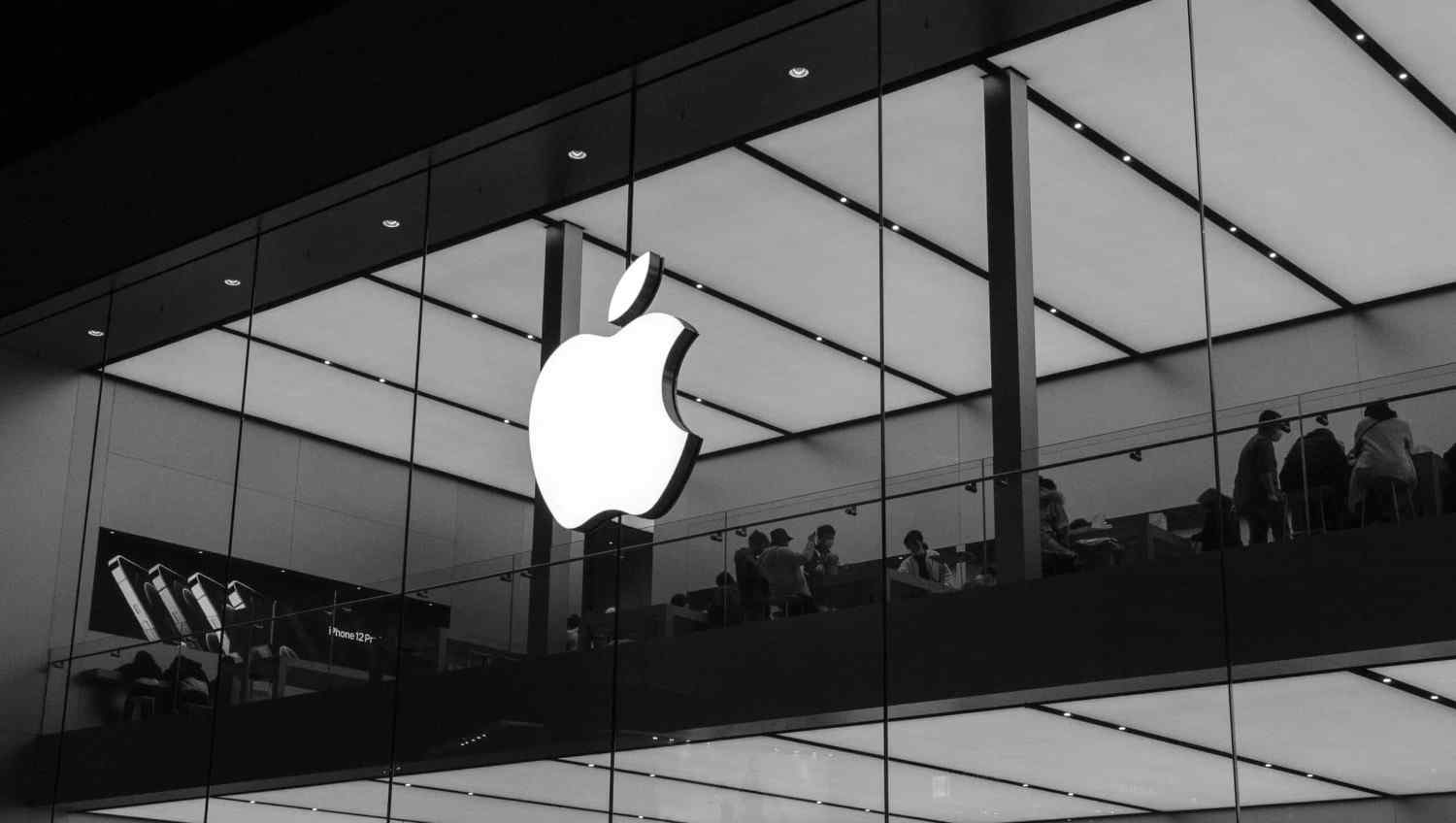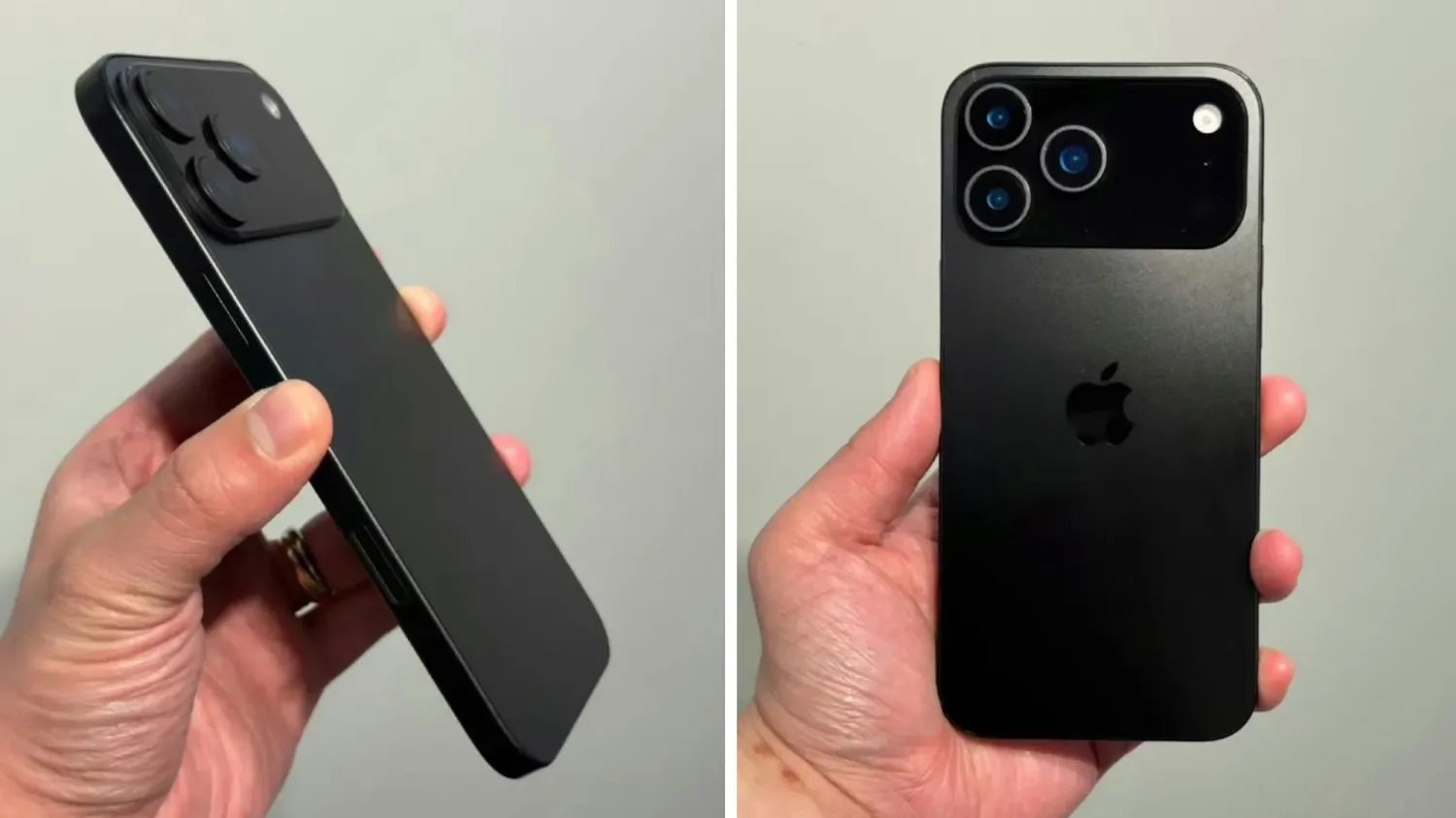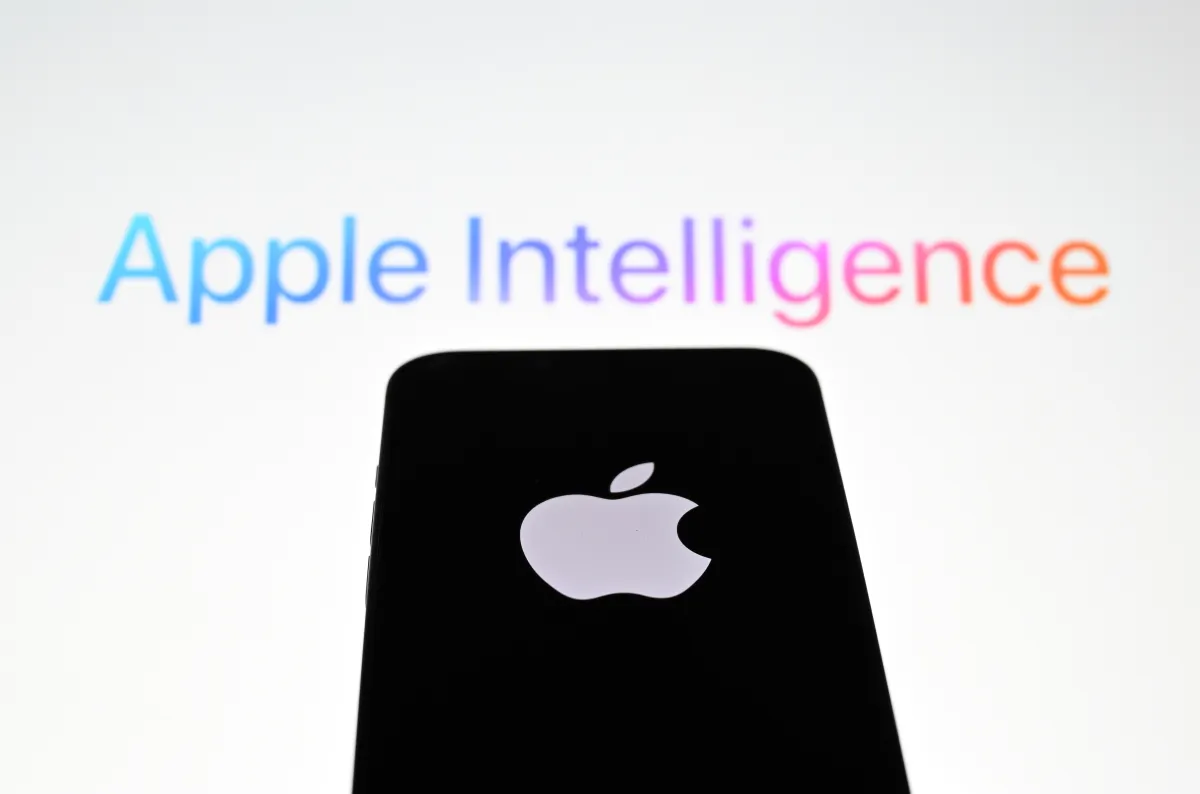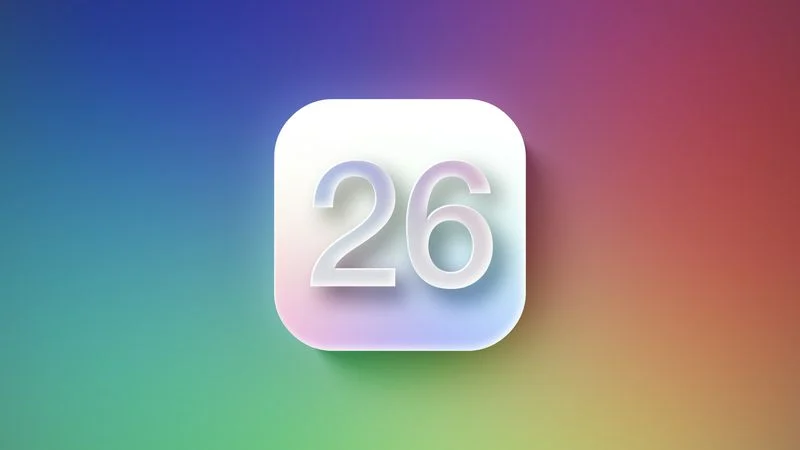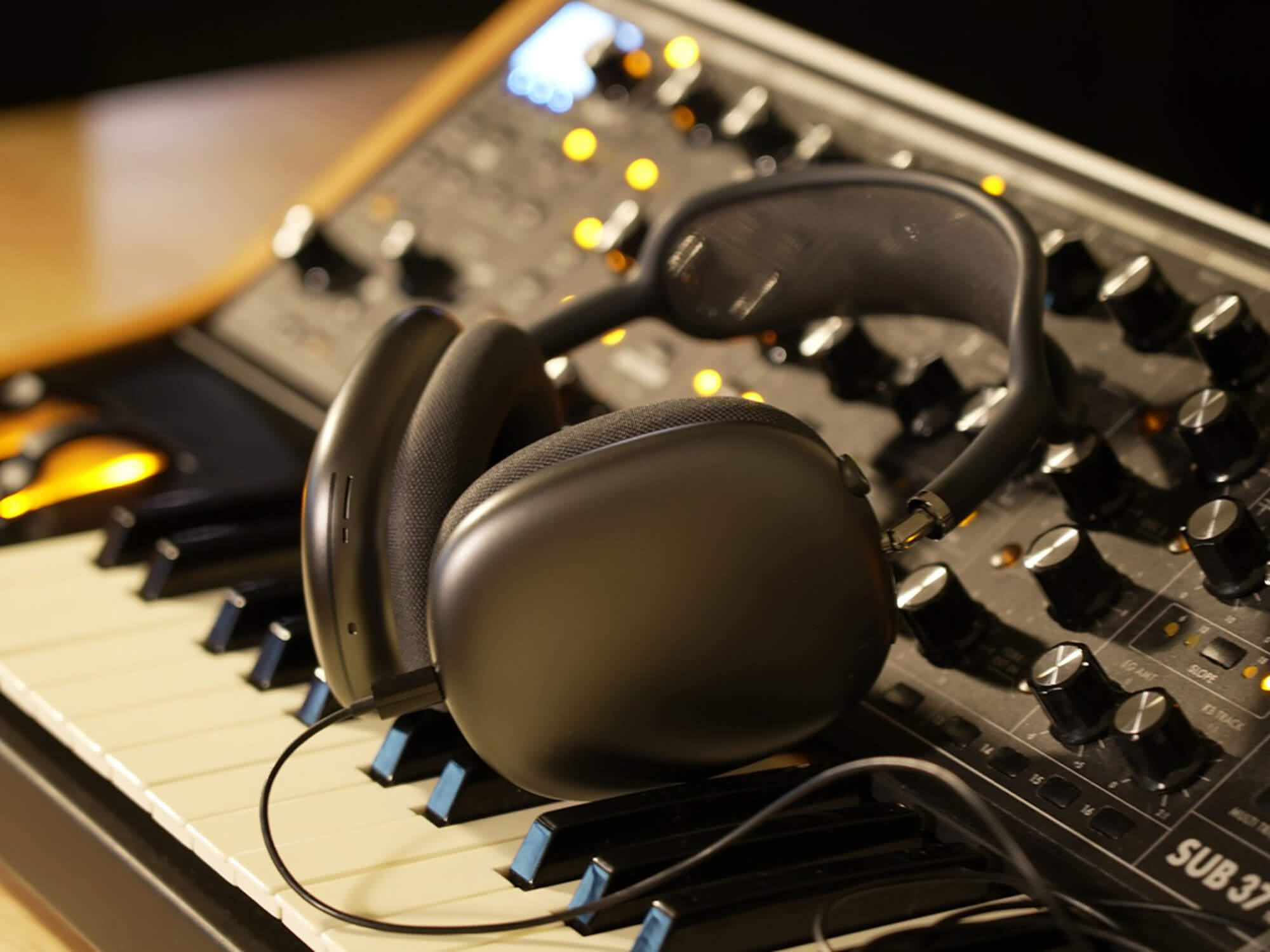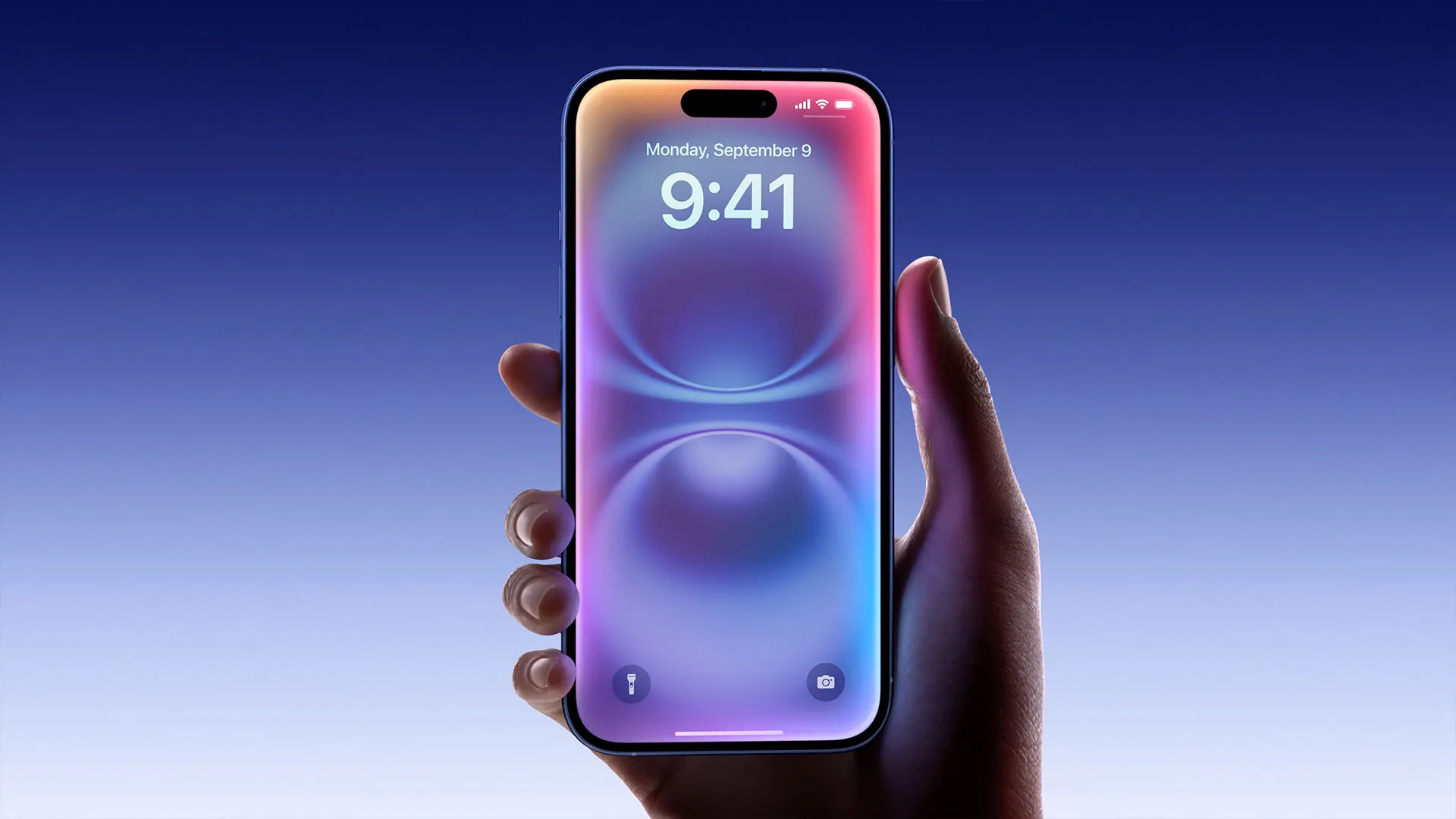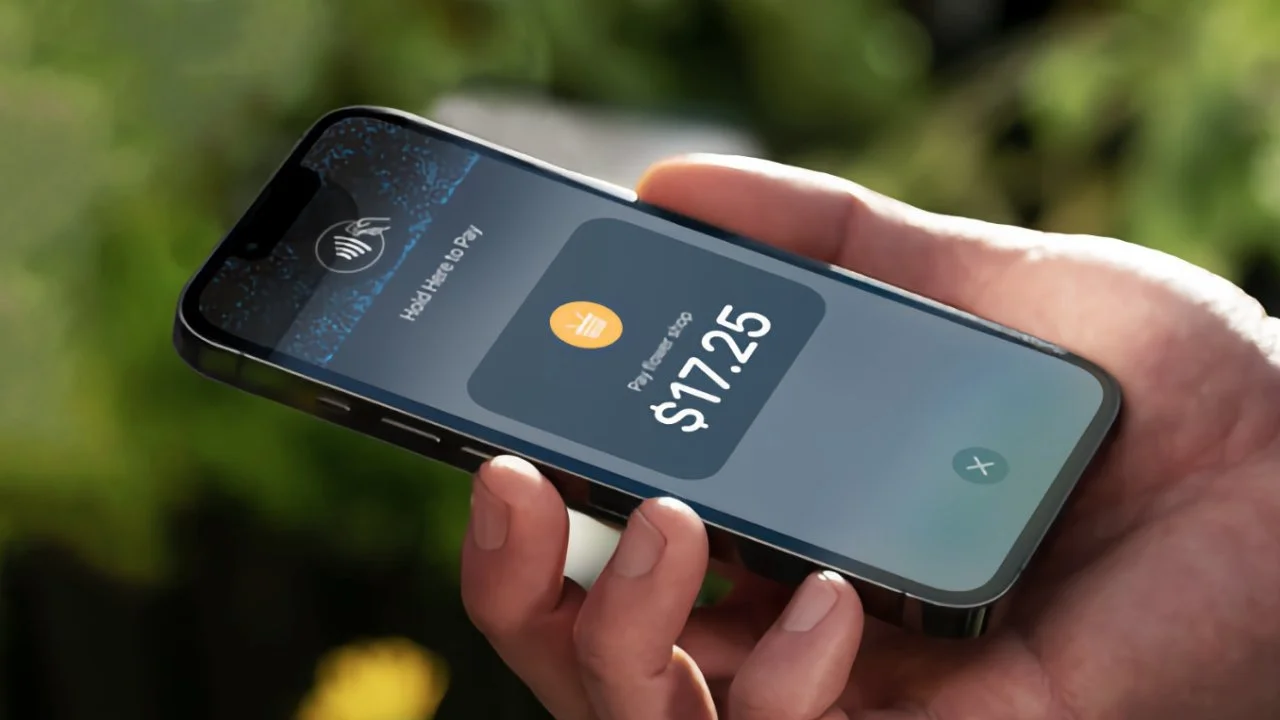Apple is planning some exciting changes for its devices in 2025. The iPhone 17 base model might get a bigger screen, possibly around 6.3 inches, compared to the 6.1-inch display on the iPhone 16. This change could make videos and games more enjoyable, though it’s still just a rumor from a leaker named Ice Universe.
There’s no word yet on other features, but a larger display could mean a fresh look for the standard iPhone. The iPad Pro is also set for a makeover, with rumors pointing to even thinner bezels around the screen. This would give the device a sleeker design and more screen space for apps, drawing, or watching content.
The next iPad Pro, expected to launch with an M5 chip in late 2025, might use new technology to shrink the borders around the display, making it look more modern. However, this upgrade may not be ready for the next release, according to some sources.
Meanwhile, Apple’s AirPods Pro 3 could be on the way, with hints found in a Bluetooth database. These new earbuds might launch alongside the iPhone 17 in September 2025 and could include better sound, improved noise cancellation, and new health features like heart-rate tracking.
While details are scarce, the clues suggest Apple is working on a big update for its premium earbuds. These rumors show Apple’s focus on improving its devices with bigger screens, slimmer designs, and smarter features. Fans will have to wait until fall 2025 to see what’s real.
